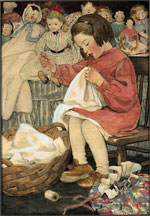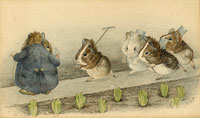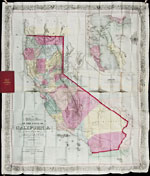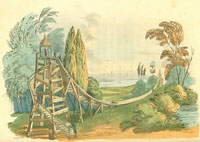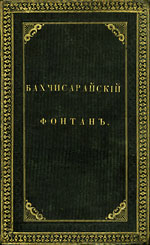 Ian McKay’s weekly column in Antiques Trade Gazette has been running for more than 30 years.
Ian McKay’s weekly column in Antiques Trade Gazette has been running for more than 30 years. Jessie’s Busy Bees and BP’s Guinea Pigs (Again)
Original illustrations by Jessie Willcox Smith and Beatrix Potter, $386,500 & $77,500 at Sotheby’s New York on April 11.
Billed by the saleroom as the first of its type for several years, and the first ever held in New York, an auction of original illustrations from the collections of Kendra and Allan Daniel totaled $1.33 million, and though around a third of the 193 lots were unsold, the major items mostly got away.
The star turn was ‘How Doth the Little Busy Bee,’ a charcoal, watercolor, and oil drawing by Jessie Willcox Smith who, like Kate Greenaway, had a special talent for portraying children. This example of her work was used to illustrate the well-known poem by Isaac Watts (1674-1748) in a 1910 Child’s Book of Old Verses.
Smith illustrated a great many books, as well as stories and articles in magazines, but she is also fondly remembered for the covers of Ladies Home Journal that she painted from 1917-33.
In February of this year (as reported in the April issue) Bonhams New York took a $85,400 bid on a sheet of Potter watercolor drawings of guinea-pigs. The drawings of guinea-pigs were originally made in 1893 using pedigree specimens owned by a Miss Paget , but many years were later they were re-drawn for publication.
The Bonhams example was said to have been used in Appley Dapply’s Nursery Rhymes of 1917, but Sotheby’s said that this illustration of gardening guinea-pigs is a version of one used in 1922 to illustrate Cecily Parsley’s Nursery Rhymes.
California Approved and Mapped
William M. Eddy, …The Official Map of the Sate of California, $39,000 at PBA Galleries of San Francisco on April 21.
“Approved & Declared to be The Official Map…” as it says in the full title, this was the map that the new state’s Surveyor General, William Eddy, completed in 1853 and which map publishers, Coltons of New York, printed in the following year. It has some shortcomings, most notably the positioning of the diagonal portion of the boundary, which runs too far east, but it remained the most accurate available until 1873, when the California Geological Survey completed a ten-year trigonometric survey.
Measuring forty-nine by thirty-eight inches overall, this example is in completely original, unsophisticated condition, neither mounted nor silked and still in the original, blind-stamped red leather case into which it folds. The last copy seen at auction, in 2005, was laid down on linen, and you have to go back to 1982 for another as-issued example like this. That one made $1,540.
Russian Thrills & Russian Tears
Robert Johnson, Travels through Part of the Russian Empire, £660 ($1,075) at Bonhams Oxford on April 19, and Alexander Pushkin, Bakhchisarayskiy fontan, Euros 63,800 ($94,425) at Galerie Bassenge of Berlin on April 14.
One of the twenty colored aquatint plates found in Johnston’s 1815 book features the two-hundred-year-old fun-park slide seen here. Users climb a rickety looking staircase, attached to a what looks like a rather rackety tower, and then sled down, without any sign of safety barriers—presumably to meet the rider coming down from the tower at the other end! Great Russian fun!
Although they had never actually been published, just read by friends, the poems that the young Pushkin was writing were considered too liberal and revolutionary by the St. Petersburg authorities, and in 1820 he was exiled to the Crimea. It was during this period, and by this time under a Byronic spell, he produced the poem known in English as the Bakhchisaray Fountain.
The poem was inspired by a visit to the ‘Fountain of Tears’ in what is now the Ukrainian town of Bakhchisaray, built by Qirim Giray Khan, one of the last of Crimean Khans, for a young Polish girl in his harem with whom he had fallen deeply in love.
Pushkin is a giant among Russian writers, and only two other copies of this Moscow first edition appear in auction records for the last thirty years or more, so an estimate amounting to $600 or so on this example in its smart, gilt-lettered binding was incongruous. In 1975, the Diaghilev-Lifar copy, in original wraps, made $795 in a Sotheby’s Monaco sale, and in 1996, a copy in period half morocco made $1,950.








